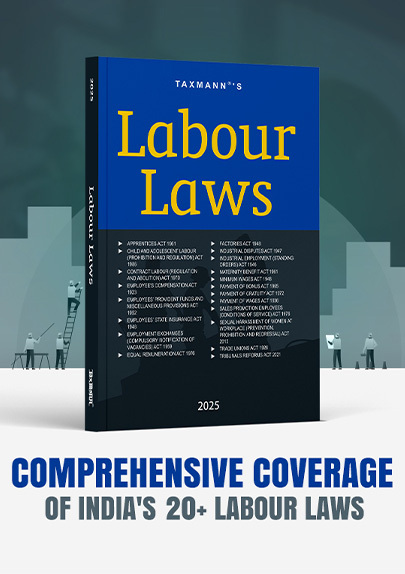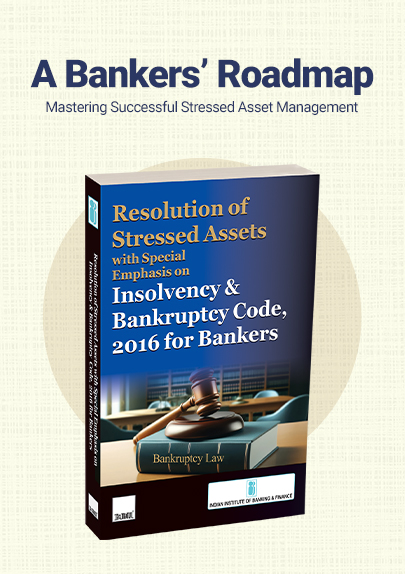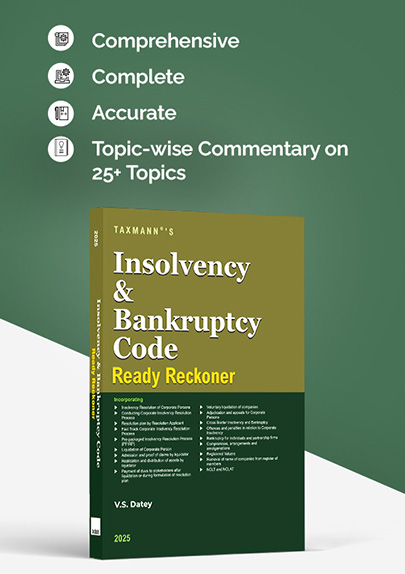[Opinion] Guarantees vs. Right to Return | Ind AS Insights
- Blog|News|Account & Audit|
- 3 Min Read
- By Taxmann
- |
- Last Updated on 16 January, 2025
Editorial Team – [2025] 170 taxmann.com 365 (Article)
1. Introduction
In the context of financial reporting, particularly under the Indian Accounting Standards (Ind AS), understanding the distinction between a “guarantee” and a “right to return” is essential for accurate recognition, measurement, and disclosure in financial statements. Both concepts have significant implications for the way businesses account for transactions, especially in industries such as retail, manufacturing, and finance. A guarantee typically refers to an assurance provided by a seller to a buyer, ensuring the quality, condition, or performance of a product or service, often leading to obligations in case of failure. On the other hand, a right to return allows customers to return purchased goods under certain conditions, impacting revenue recognition and asset/liability accounting. The Ind AS framework, which is aligned with International Financial Reporting Standards (IFRS), offers clear guidance on how each of these elements should be treated in financial statements.
This article delves into the key differences between a guarantee and a right to return, exploring how each is addressed under the Ind AS framework, particularly Ind AS 115 (Revenue from Contracts with Customers) and other relevant standards. By examining the accounting treatment, recognition criteria, and disclosure requirements, this article aims to provide clarity on how businesses should navigate these concepts to ensure compliance and transparency in their financial reporting.
2. Guarantees
A guarantee is a legally binding promise or assurance provided by a seller, manufacturer, or service provider to the buyer, ensuring that a product or service will meet specific quality standards, performance expectations, or durability criteria. If the product or service fails to meet these stipulated conditions, the guarantor typically agrees to repair, replace, or compensate the buyer. Guarantees are common in various industries, including retail, electronics, and construction, where they serve to build trust and confidence in the quality of the goods or services being offered. From an accounting perspective, a guarantee is not only a customer assurance but also a financial obligation that impacts a company’s revenue recognition and liability reporting. Under the Indian Accounting Standards (Ind AS), specifically Ind AS 115 (Revenue from Contracts with Customers), a guarantee may be considered a separate performance obligation, and its cost must be recognized and measured as part of the overall transaction. This framework requires businesses to assess the potential costs related to fulfilling guarantee obligations, ensuring accurate and transparent financial reporting.
Under the Ind AS framework, the guarantee is categorized in two parts as follows.
In assessing whether a warranty provides a customer with a service in addition to the assurance that the product complies with agreed-upon specifications, an entity shall consider factors such as:
- Is the warranty required by law? – If the law forces a company to offer a warranty, it means it is just there to protect the customer from buying a faulty product. In this case, it’s not considered an additional service or performance obligation.
- How long does the warranty last? – The longer the warranty lasts, the more likely it is that the company is offering an actual service, not just guaranteeing the product works as promised. A longer warranty suggests there’s more involved than just making sure the product meets specifications.
- What specific tasks does the company promise to do? – If the company only needs to do simple tasks (like checking a product or fixing minor issues) to prove the product works, those tasks aren’t considered a separate service. However, if the company offers additional help (like free return shipping for a broken product), it might count as an additional service beyond just ensuring the product is good.
Click Here To Read The Full Article
Disclaimer: The content/information published on the website is only for general information of the user and shall not be construed as legal advice. While the Taxmann has exercised reasonable efforts to ensure the veracity of information/content published, Taxmann shall be under no liability in any manner whatsoever for incorrect information, if any.

Taxmann Publications has a dedicated in-house Research & Editorial Team. This team consists of a team of Chartered Accountants, Company Secretaries, and Lawyers. This team works under the guidance and supervision of editor-in-chief Mr Rakesh Bhargava.
The Research and Editorial Team is responsible for developing reliable and accurate content for the readers. The team follows the six-sigma approach to achieve the benchmark of zero error in its publications and research platforms. The team ensures that the following publication guidelines are thoroughly followed while developing the content:
- The statutory material is obtained only from the authorized and reliable sources
- All the latest developments in the judicial and legislative fields are covered
- Prepare the analytical write-ups on current, controversial, and important issues to help the readers to understand the concept and its implications
- Every content published by Taxmann is complete, accurate and lucid
- All evidence-based statements are supported with proper reference to Section, Circular No., Notification No. or citations
- The golden rules of grammar, style and consistency are thoroughly followed
- Font and size that’s easy to read and remain consistent across all imprint and digital publications are applied







 CA | CS | CMA
CA | CS | CMA


